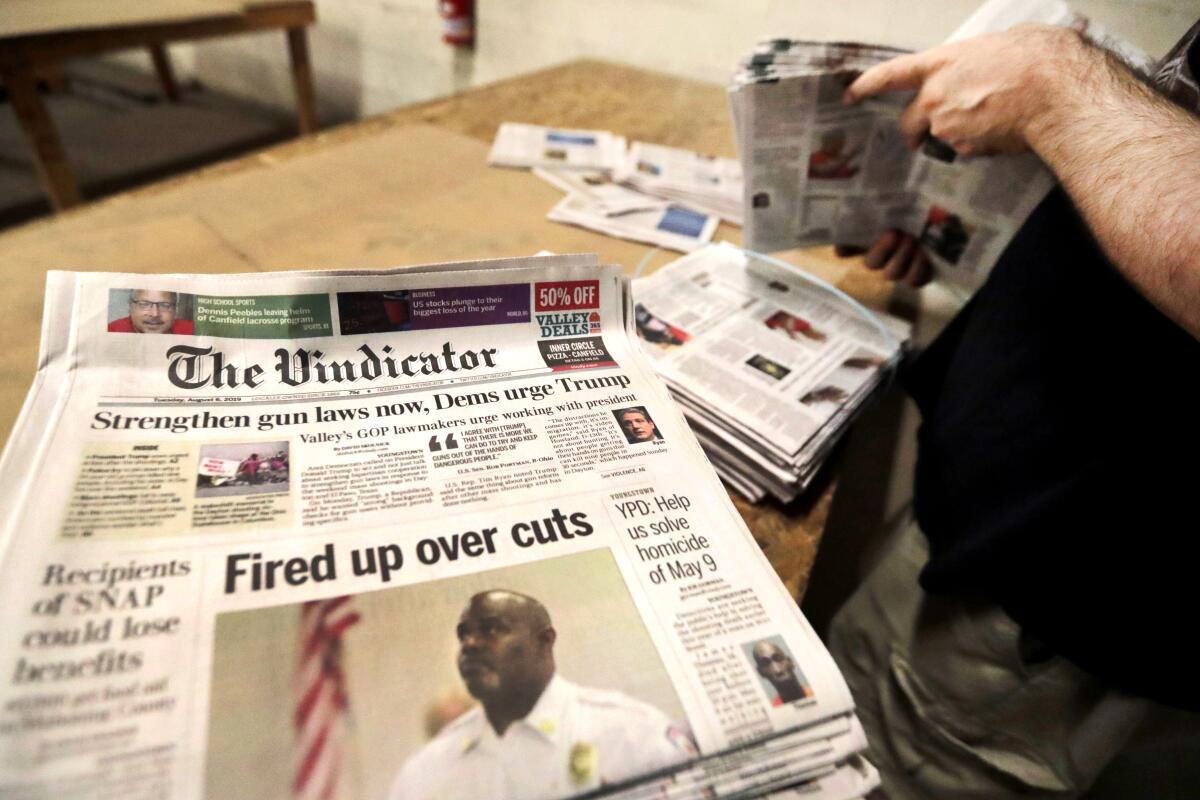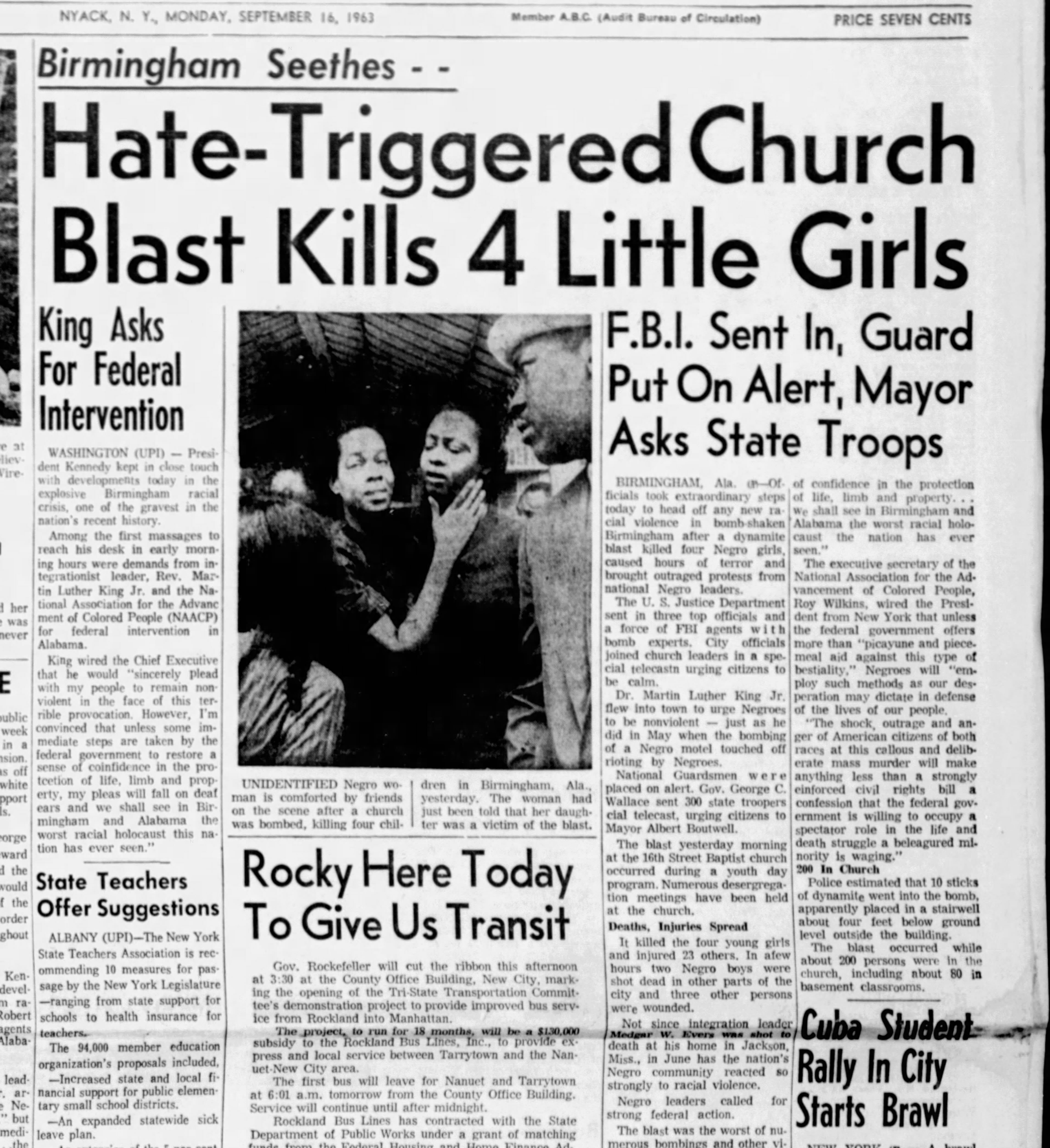Getting My News Articles To Work
Table of ContentsThe Main Principles Of News Articles Not known Factual Statements About News Articles A Biased View of News ArticlesThe smart Trick of News Articles That Nobody is Talking AboutThe smart Trick of News Articles That Nobody is Talking About
Excellent knowledge of various subjects provides students an one-upmanship over their peers. Despite the fact that electronic and social networks are easily accessible, we ought to not forget just how important it is to review the newspapers. Moms and dads need to try and instill the behavior of reading a paper as a day-to-day routine to continue the heritage of the adored print tool.Information stories likewise have at the very least one of the adhering to essential attributes relative to the desired audience: distance, prestige, timeliness, human rate of interest, strangeness, or effect.
Within these limitations, information stories also intend to be thorough. Among the bigger and extra highly regarded newspapers, justness and balance is a major aspect in presenting details.
Papers with a worldwide audience, for example, have a tendency to utilize an extra official style of creating. News Articles.; common design overviews include the and the US News Style Publication.
What Does News Articles Do?
As a rule, reporters will certainly not utilize a lengthy word when a short one will certainly do. Information authors attempt to prevent using the same word extra than once in a paragraph (in some cases called an "resemble" or "word mirror").
Nonetheless, headlines occasionally omit the subject (e.g., "Jumps From Boat, Catches in Wheel") or verb (e.g., "Pet cat woman fortunate"). A subhead (likewise subhed, sub-headline, subheading, caption, deck or dek) can be either a subordinate title under the major headline, or the heading of a subsection of the post. It is a heading that precedes the major message, or a team of paragraphs of the primary message.

Additional billboards of any of these types may show up later on in the write-up (particularly on subsequent pages) to lure more reading. Such billboards are also utilized as guidelines to the write-up in various other sections of the magazine or website, or as advertisements for the item in various other publication or websites. Typical framework with title, lead paragraph (summary in strong), various other paragraphs (details) and call details.

Example of a hard-lead paragraph NASA is proposing an additional area project. The agency's budget plan demand, revealed today, included a plan to send out an additional goal to the Moon. This moment the firm intends to establish a long-term facility as a jumping-off point for other area experiences. The budget demands around $10 billion for the task.
The NASA announcement came as the firm requested $10 billion of appropriations for the job. An "off-lead" is the 2nd crucial front page information of the day. The off-lead shows up either in the leading left edge, or straight listed below the lead on the. To "hide the lead" is to start the short article with background details or information of second importance to the visitors, compeling them to find out more deeply into a short article than they should have to in order to uncover the vital factors.
Not known Details About News Articles
Typical use is that one or 2 sentences each create their own paragraph. Journalists generally describe the organization or structure of an information story as an inverted pyramid. The essential and most interesting aspects of a story are put at the start, with sustaining details following in order of reducing relevance.
It permits individuals to explore a topic to only the depth that their interest takes them, and without the charge of details or subtleties that they can take into consideration irrelevant, but still making that information available to much more interested visitors. The inverted pyramid structure likewise allows write-ups to be cut to any kind of approximate size helpful site during layout, to fit in the space readily available.
Some writers start their stories with the "1-2-3 lead", yet there are many kinds of lead available. This format inevitably starts with a "Five Ws" opening up paragraph (as explained over), adhered to by an indirect quote that offers to sustain a major component of the first paragraph, and after Discover More Here that a straight quote to sustain the indirect quote. [] A twist can refer to numerous points: The last tale in the news broadcast; a "happy" tale to finish the program.
Longer articles, such as publication cover posts and the pieces that lead the within sections of a paper, are understood as. Feature tales differ from straight information in a number of means.
An Unbiased View of News Articles
The journalist often details communications with interview topics, making the piece more personal. A function's initial paragraphs typically connect an appealing minute or event, as in an "unscientific lead". From the details of a person or episode, its view swiftly widens to generalities concerning the tale's subject. The section that indicates what an attribute is about is called the or billboard.

The Editor's Toolbox: A Referral Guide for Beginners and Professionals (2001) Allan M. Siegal and William G. Connolly. The New York Times Guidebook of Style and Use: link The Authorities Style Overview Utilized by the Writers and Editors of the World's Most Reliable Newspaper (2002) M. L. Stein, Susan Paterno, and R.
Comments on “The 10-Minute Rule for News Articles”